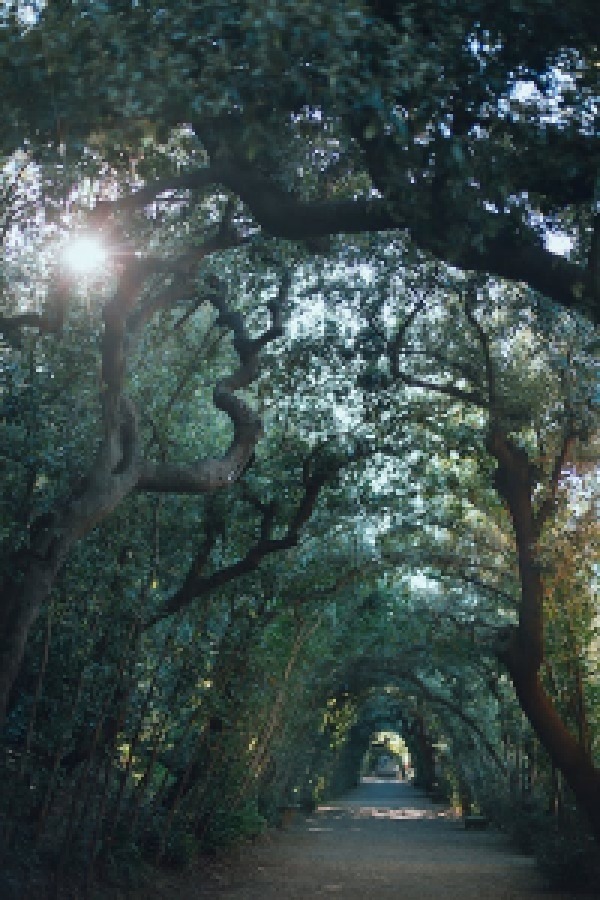Understanding the Impact of Weather on Tree Health in Idaho

Understanding the Impact of Weather on Tree Health in Idaho
Two years ago, Boise launched the City of Trees Challenge to plant more trees to lower urban temperatures, improve air quality and promote community health. But the canopy analysis it’s based on is outdated.
Evaluating whether climate “alone” causes tree mortality is complicated by the fact that biotic factors also contribute to tree death.
Temperature
The impacts of climate change are well documented at the global scale, but much less so at the local or regional level. This case study describes a process for creating locally-relevant climate change assessments that incorporate the needs and data availability of end users.
Warmer temperatures have resulted in longer wildfire seasons, early snowpack melt and drought. They have contributed to the decline of native fish and wildlife habitat, and reduced tree health.
As Idahoans work to respond to climate change, they should be aware that even a small increase in average temperature will impact their quality of life. Changing weather patterns can affect everything from what color leaves turn in the fall to when spring starts. Increasing temperatures also mean drier soils, which can lead to more wildfires and the loss of large trees and home value in some neighborhoods. Idahoans can help by reducing their carbon footprint and planting trees. visit the link for more: boiseidtreeservice.com
Rain
Rain is water droplets that condense from atmospheric water vapor and fall under gravity. It is a crucial component of the water cycle, providing freshwater for hydroelectric power plants, crop irrigation, and suitable conditions for many ecosystems.
Rain can also oversaturate soil, reducing oxygen available to tree roots and leading to wilting leaves or fungal diseases like powdery mildew. A good way to test soil moisture is by sticking your finger in the ground near the base of the tree – if it’s damp and cool, your trees are fine; if it’s hard and warm, it’s time to water.
Drier soils caused by climate change can reduce tree vigor, increase the risk of insect attack, and increase carbon uptake by plants (Figure 2). In addition, earlier snowmelt causes vegetation to dry out faster in summer, increasing the window of opportunity for a stray cigarette butt or lightning strike to ignite a forest fire.
Snow
Whether it’s blowing snow or the salt that is applied to help with road safety, cold winter weather can be tough on trees. “It disrupts their typical cycle of storing nutrients for the winter,” Serpe said.
This year’s storms can put a lot of stress on trees, especially smaller ones. Branches can break or fall, and even the trunk can be uprooted. This can make the tree vulnerable to bark beetles in the spring and more likely to die, according to Idaho Tree Preservation’s owner Ezekiel Willard.
A national climate assessment warns that increased wildfires, extreme heat and drought threaten people’s sense of place, economies, communities and ecosystems across the Northwest. That’s especially true for low-income communities, rural areas, Native American tribes and people of color.
The City of Boise, the Arbor Day Foundation and a local t-shirt company are among dozens of private funders that have supported the Urban and Community Forestry Program as part of the Justice40 initiative to ensure equitable tree canopy for all.
Wind
Wind is a destructive force that can uproot or break tree trunks, limbs and branches. It can also carry or drop debris that can be dangerous for people to walk on, or could fall onto their home or vehicle.
Windy conditions can also expose trees to sunscald, which occurs when the bark on a tree is damaged by sudden exposure to intense sunlight, usually on the southwest-facing side of the trunk or branch. This damage can weaken the tree and make it susceptible to insect infestations and diseases.
Climate change is raising temperatures and increasing the frequency of extreme heat events in Idaho’s urban areas, which can lead to high energy use and poor air quality. To combat this, the City of Boise partnered with Treasure Valley Canopy Network and The Nature Conservancy on the Elaine Clegg City of Trees Challenge, which aims to plant one tree in the city for every household in the region (100,000 urban trees), as well as send each city resident a forest seedling from Idaho (235,000 forest seeds). The program also addresses social equity through the analysis of the relationship between canopy cover, temperature and socioeconomic data provided by American Forests.